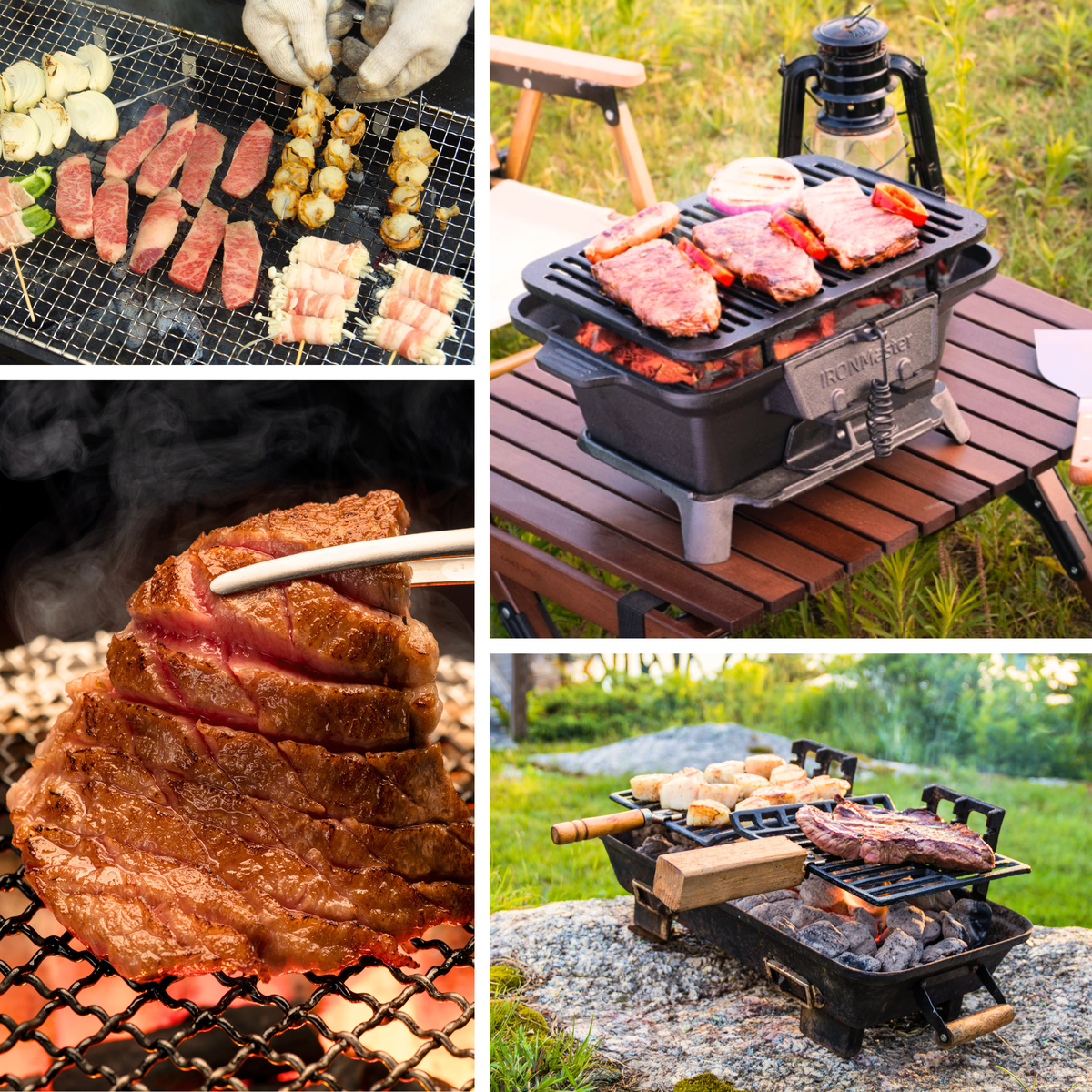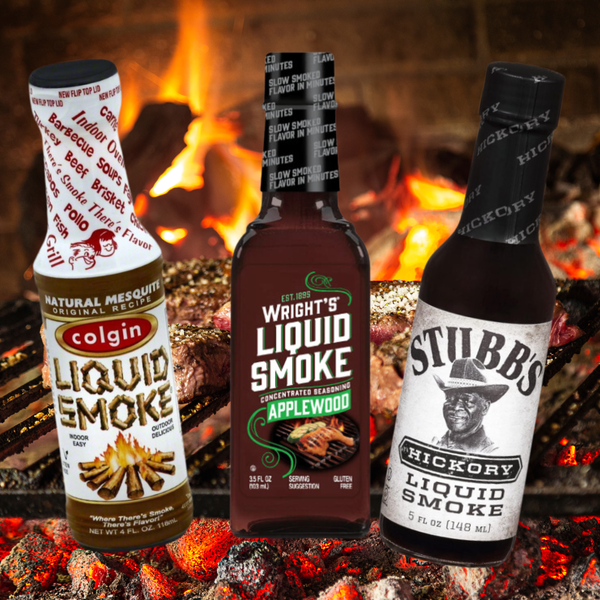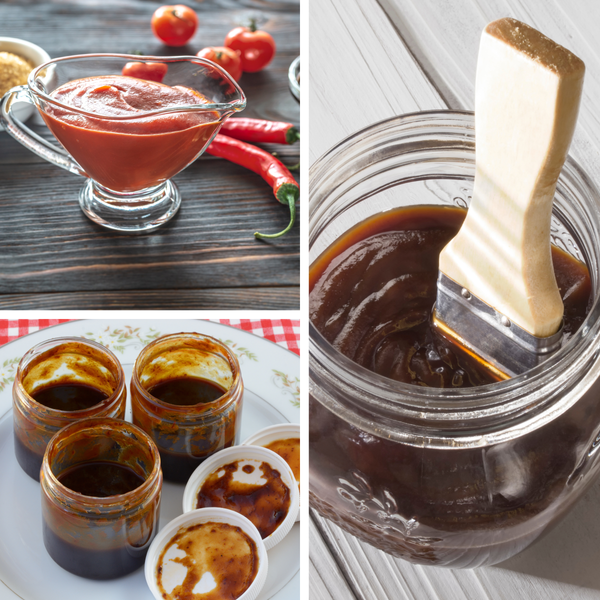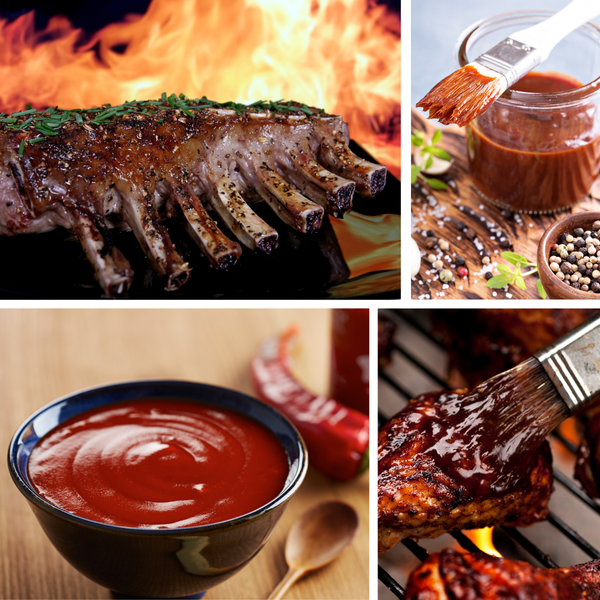Hibachi grills have been a cornerstone of Japanese cooking for centuries, offering a unique and interactive dining experience. These compact, portable grills are not just about cooking food; they're about the art of grilling and the flavors that only a hibachi can impart. Whether you're a seasoned chef or a curious foodie, understanding what sets hibachi grills apart will enhance your culinary adventures.
Key Takeaways:
- Hibachi grills offer a unique combination of high heat and direct grilling that is perfect for cooking a variety of food items.
- The compact and portable nature of hibachi grills makes them ideal for small spaces and outdoor activities.
- The traditional Japanese charcoal used in hibachi grills imparts a distinct flavor to grilled food that is difficult to replicate with other grilling methods.
The Hibachi Grill: A Brief History
Originating during the Heian period in Japan, the term "hibachi" literally means "fire bowl." These grills were traditionally small, round, open-topped containers made of ceramic or wood lined with metal. They were designed to hold burning charcoal, which served as the heat source for cooking. Over time, the hibachi evolved into the portable hibachi grill we know today, made of iron plate and designed for maximum heat control.
The Art of Hibachi Grilling
What is special about a hibachi grill is not just its history but also its cooking style. Unlike teppanyaki grills, which are large, flat iron griddles, hibachi grills are known for their open-grate design, allowing for direct exposure to the high heat of the coals. This direct heat is perfect for quickly searing meats like steak and fish, creating a smoky flavor and a caramelized exterior that's hard to achieve with other cooking methods.
Portable and Convenient
One of the most appealing aspects of the portable hibachi grill is its size. Designed for convenience, these grills are compact enough to fit in limited space, making them perfect for small patios, picnics, or camping trips. Despite their small size, they are incredibly efficient, allowing you to cook your own food items like vegetables, seafood, and yakitori with ease.
The Flavor Factor
Hibachi grills are renowned for the unique flavor they impart to grilled food. The use of Japanese charcoal, or "binchotan," which is a type of white charcoal made from oak, provides a clean, long-lasting heat that infuses food with a subtle smokiness. This charcoal is much denser than regular lump charcoal and burns at a higher temperature, giving food a distinct taste that is a hallmark of hibachi grilling.
Hibachi Grill Worth: An Investment in Flavor and Fun
When considering whether a hibachi grill is worth the investment, think beyond the price tag to the value it adds to your culinary experiences. A hibachi grill isn't just a cooking apparatus; it's a ticket to a world of rich flavors and enjoyable gatherings. The compact size and the direct heat it provides make it perfect for searing meat to perfection, locking in those savory juices that we all love. Whether it's a small family dinner or a larger outdoor party, the hibachi grill proves its worth by turning ordinary meals into memorable feasts.
Moreover, the hibachi grill's worth is also evident in its durability and ease of use. Typically made from cast iron or other resilient materials, these grills are built to last. They're also incredibly efficient, using less charcoal or gas compared to larger grills, which means savings over time. The hibachi grill's straightforward design—often just a grate over a heat source—allows for quick heating and easy cooking, ensuring that even novice grillers can achieve that sought-after charred flavor without a steep learning curve.
Cooking Techniques: Mastering the Hibachi Grill
Mastering the hibachi grill involves understanding the power of indirect heat. Unlike grilling where food is exposed directly to flames, hibachi grills can be utilized to cook with indirect heat by strategically placing the charcoal or adjusting the heat source. This technique is perfect for foods that require a longer cooking time or for when you want to avoid the char that direct grilling can impart. By using an iron griddle or teppan atop the grill, you can create a flat-top cooking surface ideal for vegetables, delicate fish, or even pancakes, expanding your hibachi menu.
To optimize your hibachi grilling experience, it's essential to have the right tools. Tongs are a must-have for safely flipping and moving food around the grill's surface. If your hibachi grill comes with a lid, you can control the temperature more effectively, allowing for a versatile range of cooking options, from quick searing to slow roasting. And when it comes to heating, always preheat the grill to ensure a consistent cooking temperature. This will help you achieve that perfect sear on your steak or that gentle cook on your veggies, making every hibachi meal a culinary delight.
Heat Control and Efficiency
The design of hibachi grills allows for exceptional heat control. The close proximity of the food to the burning charcoal means that you can achieve high heat quickly, which is ideal for grilling thin metal skewers of prawns or slices of beef. Additionally, the grill's structure, often with a built-in chimney starter, ensures that the coals light evenly and maintain consistent temperature throughout the cooking process.
Versatility in Cooking
Hibachi grills are not just for meats. The high heat and open grate make them perfect for grilling a variety of food items, including vegetables and rice. The intense direct heat creates a quick sear that locks in flavors and juices, making even simple dishes like grilled vegetables or seafood a culinary delight.
The Social Aspect of Hibachi
Grilling on a hibachi is often a social event. In many Japanese restaurants, hibachi grills are the centerpiece of the dining experience, where chefs cook food to order in front of guests. The compact size of the grill also makes it ideal for intimate gatherings at home, where guests can gather around and enjoy the experience of cooking and eating together.
Maintenance and Care
Taking care of a hibachi grill is relatively straightforward. The iron plate and grates require regular cleaning to prevent rust and maintain good heat conduction. After grilling, it's important to let the coals cool completely before disposing of them safely. With proper maintenance, a hibachi grill can last for many years, making it a worthwhile investment for any grilling enthusiast.
Summary
Hibachi grills stand out for their rich history, distinctive cooking style, and the exceptional flavor they bring to grilled food. Their compact and portable nature makes them a versatile choice for both indoor and outdoor cooking, while their ability to reach high heat quickly allows for a wide range of food items to be cooked to perfection. Whether you're looking to entertain guests or simply enjoy a meal with family, a hibachi grill is worth considering for its unique contribution to the art of grilling.
FAQ Section
Q: Can I use a hibachi grill indoors?
A: While hibachi grills are compact and can be used in limited space, they should only be used in well-ventilated outdoor areas due to the smoke and carbon monoxide they produce.
Q: What types of food can I cook on a hibachi grill?
A: Hibachi grills are versatile and can be used to cook a variety of food items, including meats like steak and fish, vegetables, seafood like prawns, and even rice.
Q: How do I maintain my hibachi grill?
A: To maintain your hibachi grill, clean the iron plate and grates after each use to prevent rust. Ensure the coals are completely extinguished before disposal and protect the grill from the elements when not in use.










